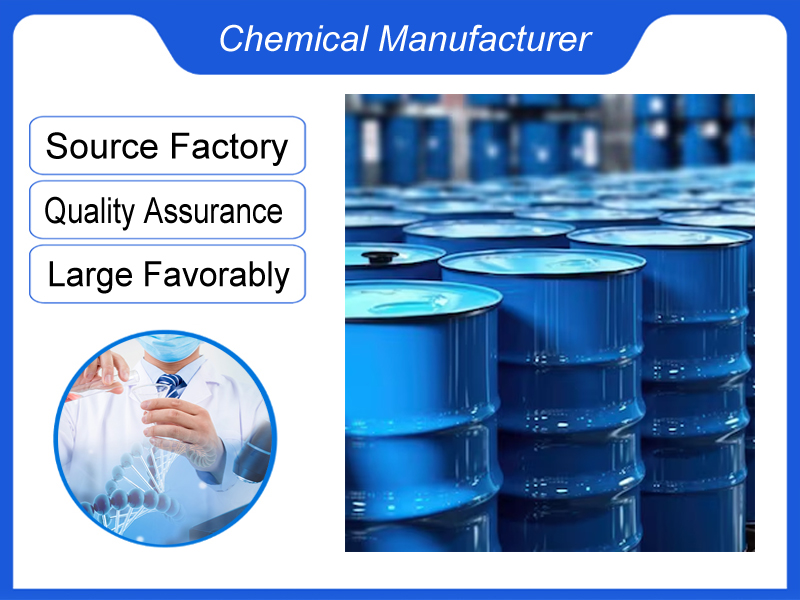
Lincomycin Hydrochloride CAS 859-18-7
We are a manufacturer based in China. We specialize in providing high-quality Lincomycin Hydrochloride CAS 859-18-7 for industrial clients across various sectors. Whether you need chemicals consultation or technical support, our team is here to help.
Category:Active Pharmaceutical Ingredients Own Brand:MT /MOQ:100KG /From China/ B2B only.
Introduction
Lincomycin hydrochloride is used for semi-synthetic preparation of clindamycin. It is a semi-synthetic chlorinated derivative of lincomycin. It is suitable for various infectious diseases caused by gram-positive bacteria and anaerobic bacteria. It is used to treat infections caused by methicillin-resistant Staphylococcus aureus.
Molecular Formula:C18H34N2O6S·HCl·H2O
CAS No.:859-18-7
Description:Lincomycin hydrochloride is a white or almost white, crystalline powder. It is very soluble in water, slightly soluble in ethanol (96 per cent), very slightly soluble in acetone.
Application:Lincomycin hydrochloride is a narrow-spectrum antibiotic with similar efficacy to erythromycin. It has a good effect on Gram-positive cocci and mainly inhibits the synthesis of protein in bacterial cells.
Packing and Storage:Preserve in tight container at a temperature not exceeding 30 °C. If the substance is sterile, store in a sterile, airtight, tamper-proof container.
Minimum Order
One package
Lincomycin Hydrochloride: A Veterinary Antibiotic
Lincomycin Hydrochloride is an important antibiotic in veterinary medicine, used to combat various bacterial infections in animals.
1. General Characteristics
| Aspect | Details |
| Classification | Lincosamide antibiotic |
| Source | Produced by Streptomyces lincolnensis. The hydrochloride form is obtained through chemical modification to enhance solubility and stability. |
| Formulation | Available as powders, which can be formulated into feed premixes for oral administration to livestock and poultry. There are also injectable solutions for parenteral use and topical formulations for treating skin infections. |
| Solubility | Soluble in water, which is convenient for preparing solutions for different routes of administration. This property allows for easy incorporation into drinking water or preparation of injectable solutions. |
2. Mechanism of Action
| Action | Explanation |
| Inhibition of Protein Synthesis | Lincomycin Hydrochloride binds to the 50S ribosomal subunit of bacteria. It specifically targets the peptidyl transferase region, inhibiting the formation of peptide bonds during protein synthesis. As a result, the elongation of the polypeptide chain is blocked, leading to the inhibition of bacterial protein synthesis and subsequent growth arrest. |
| Selective Activity | It has a mainly Gram – positive antibacterial spectrum. It is highly effective against bacteria such as Staphylococcus spp., Streptococcus spp., and Clostridium spp. Some anaerobic bacteria are also sensitive to lincomycin hydrochloride. However, its activity against Gram – negative bacteria is relatively limited. |
3. Clinical Applications and Considerations
| Category | Details |
| Applications | – Treating respiratory tract infections in livestock and poultry, especially those caused by Gram – positive bacteria. In poultry, it can be used against Mycoplasma gallisepticum and Staphylococcus aureus infections. In cattle, it helps combat respiratory diseases caused by Streptococcus spp. – Used to manage skin and soft – tissue infections in animals. Topical applications are effective against infections caused by Staphylococcus spp. and Streptococcus spp. – Treating anaerobic infections in animals, such as those caused by Clostridium perfringens in poultry, which can cause necrotic enteritis. |
| Considerations | – Overuse can contribute to the development of antibiotic – resistant bacteria. Adhering to proper dosage and treatment duration as prescribed by veterinarians is essential. – High doses or long – term use may cause gastrointestinal upset in animals, including diarrhea, vomiting, and loss of appetite. In some cases, it can also disrupt the normal gut microbiota. – Caution is needed when using it in combination with other drugs. There may be potential drug – drug interactions, especially with other antibiotics that target protein synthesis, such as macrolides, as they may compete for binding sites on the ribosome. |
Lincomycin Hydrochloride plays a crucial role in maintaining the health and productivity of livestock, poultry, and other animals by effectively treating a variety of bacterial infections.
If you're ready to take the next step, Leave your message below and we’ll reply soon. 20+ years of chemical manufacturing & export experience, a partner you can trust.





